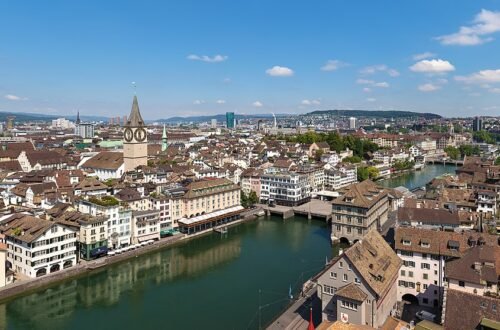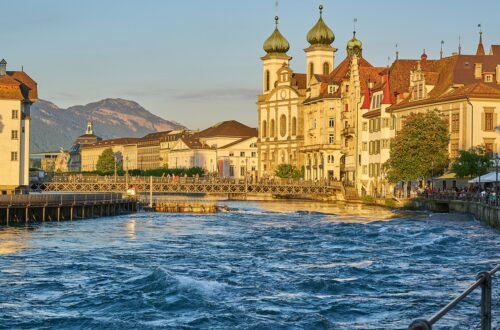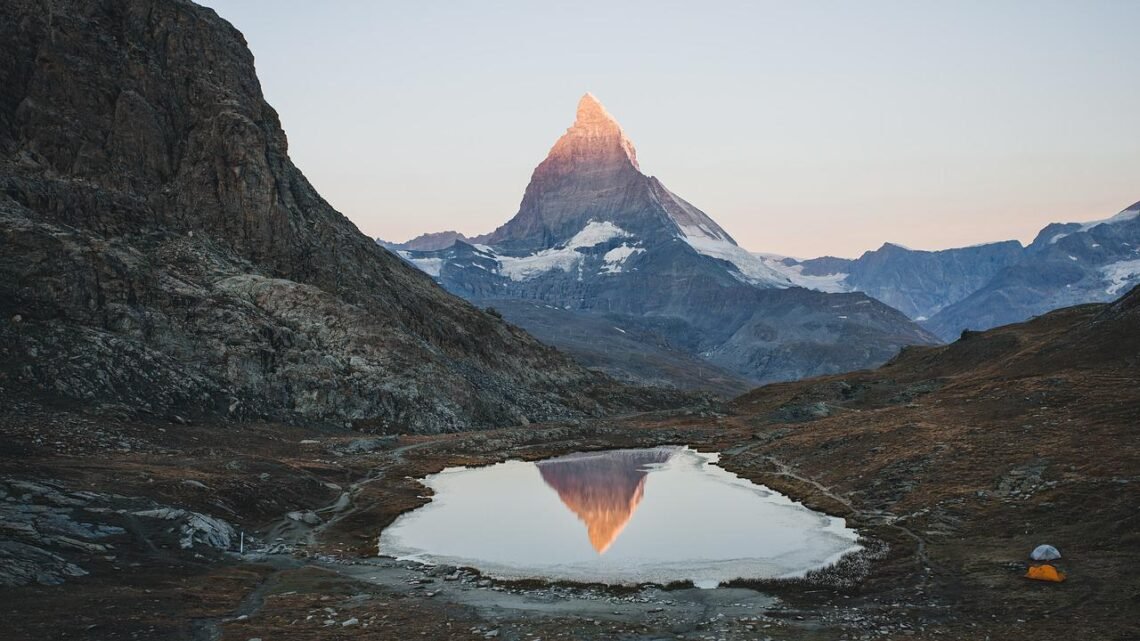
15 Best Things to See in Zermatt (Switzerland)
The village of Zermatt is located beneath the iconic and unparalleled Matterhorn high in the Valais Alps. It is always energising to see this infamous summit. There are several photo ops and locations where you may find out about the people who have climbed the mountain or perished while doing so all across Zermatt. There are 29 peaks in the Upper Valais region that are higher than 4,000 metres, including the Matterhorn. And in this alpine paradise, you can engage in activities you would not have previously considered conceivable, such as hiking through a glacier, summer skiing, and summiting one of Europe’s tallest mountains. Record-breaking infrastructure, including aerial tramways and funiculars, which all attest to human ingenuity in this harsh environment, makes all of this possible. Let’s examine the top activities in Zermatt:
- The Village of Findeln
- Zermatlantis Matterhorn Museum
- Mountaineers’ Cemetery
- Gornergrat
- Sunnegga
- Forest Fun Park
- Rothorn
- Klein Matterhorn
- Skiing
- Zermatt Village
- The Matterhorn
- Gorner Gorge
- Spas
- Breithorn
- Schwarzsee
The Village of Findeln
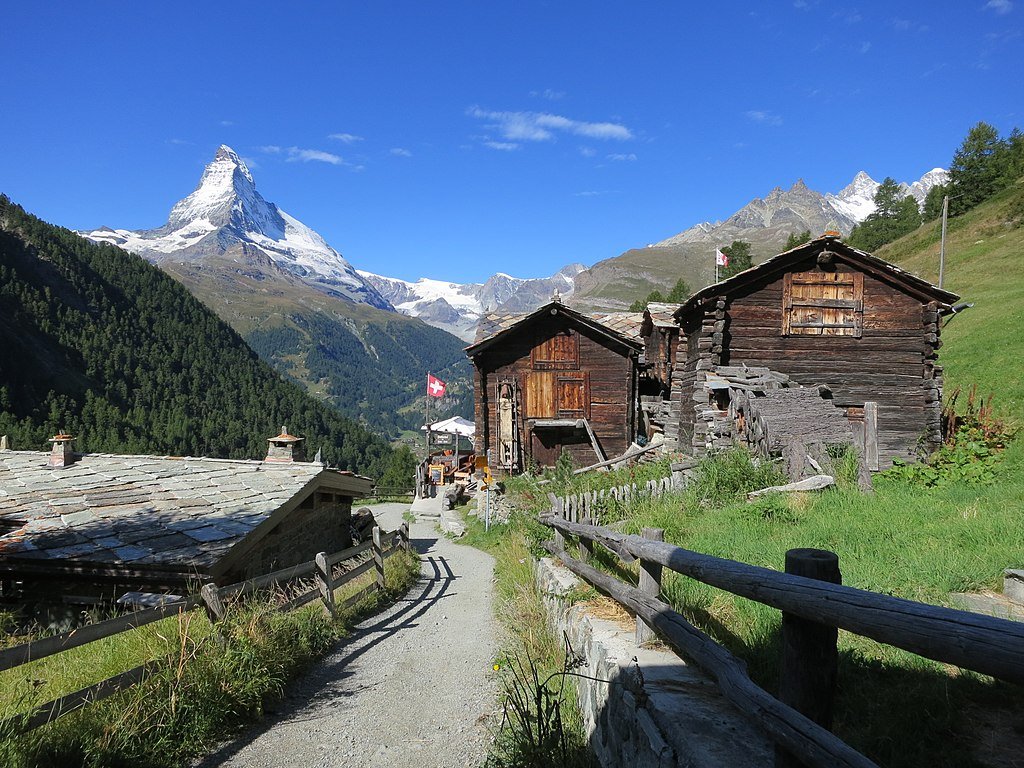
You may board a four-seater chairlift at Sunnegga to travel to the village of Findeln, which is made up of a small collection of farmhouses. You might find it difficult to believe, yet rye and barley were farmed on these hills at a height of 2,100 metres as recently as 1954. Findeln was more of a Maiensäss than a year-round settlement, and at the beginning of the summer, the inhabitants would set out on a gruelling cattle drive to this location. Additionally, they would grow grains, produce cheese, or send milk back down the valley for sale throughout the season. The chapel from the 17th century is still surviving, along with the historic buildings and farms.
Zermatlantis Matterhorn Museum
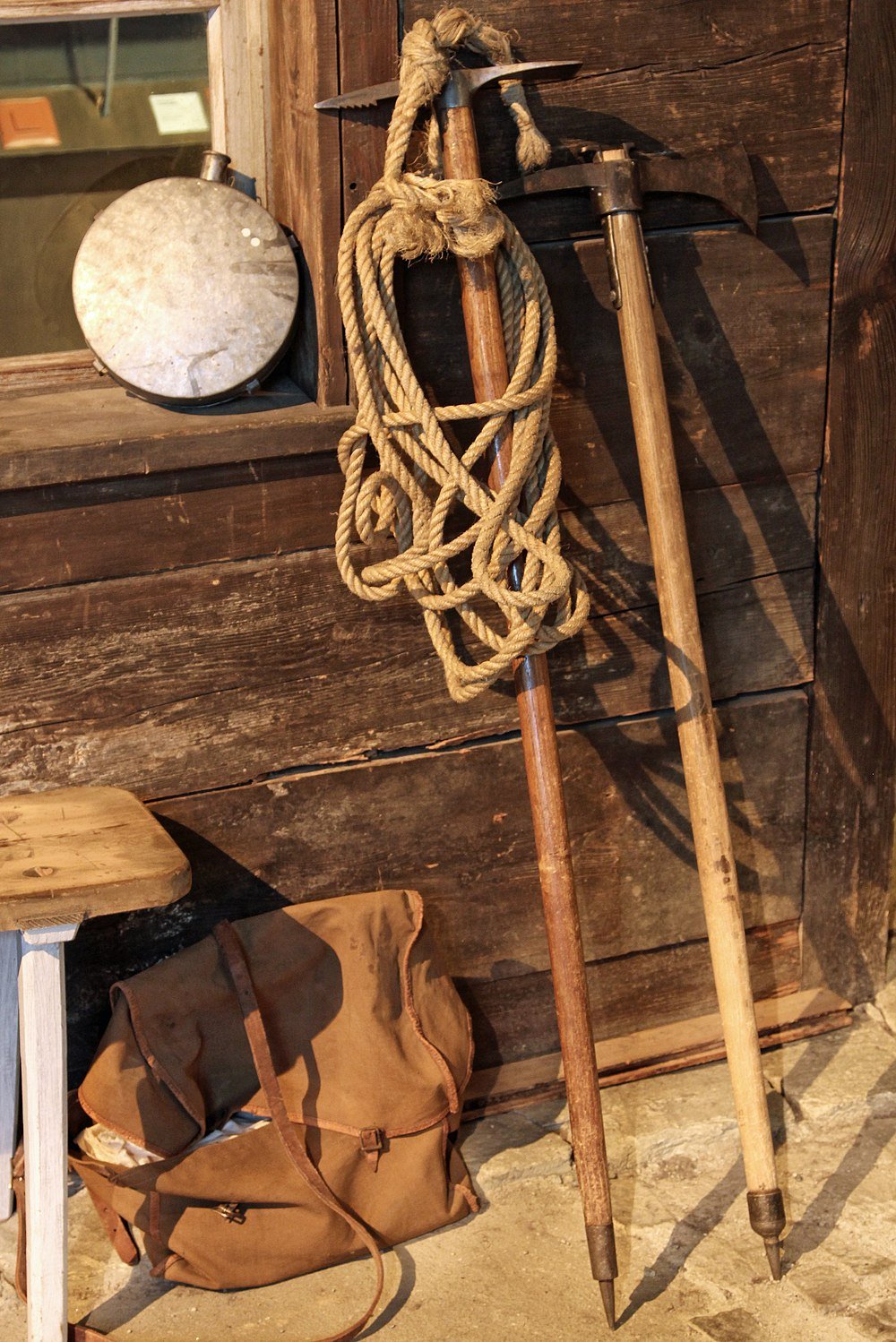
The museum in Zermatt can answer any questions you may have about the Matterhorn, which inspires both awe and fear in equal measure. The museum is set up to resemble a typical Alpine village, with exhibitions housed inside 14 real buildings that were torn down and reconstructed in this subterranean area. These all address various facets of the infamous peak’s nature and past. A special focus is given to Edward Whymper’s party’s ascent in 1865 at the “Mountain Guide’s House.” The “broken rope” that snapped and killed four climbers is the gory centrepiece of this scene.
Mountaineers’ Cemetery
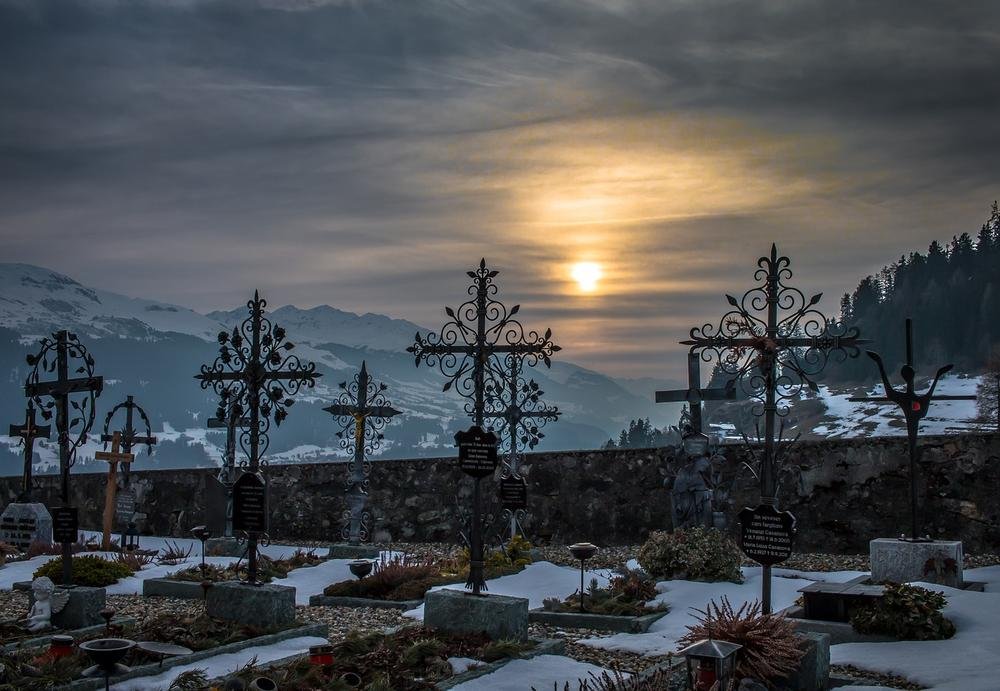
Unluckily, the Matterhorn is one of the world’s deadliest summits, having claimed the lives of 500 or more alpinists since it was first ascended in 1865. Every year, some 3,000 people attempt to summit the mountain, and fatalities are still frequent. These days, the mountain’s notoriously abrupt weather changes and avalanches are frequently to blame. Three of the four climbers who died in 1865 are buried in the churchyard cemetery, along with a large number of other mountain climbers. Take your time reading the gravestones to learn more about the climbers, including their age and the location of their deaths. Some of the stones were additionally decorated with ropes and ice axe decorations.
Gornergrat
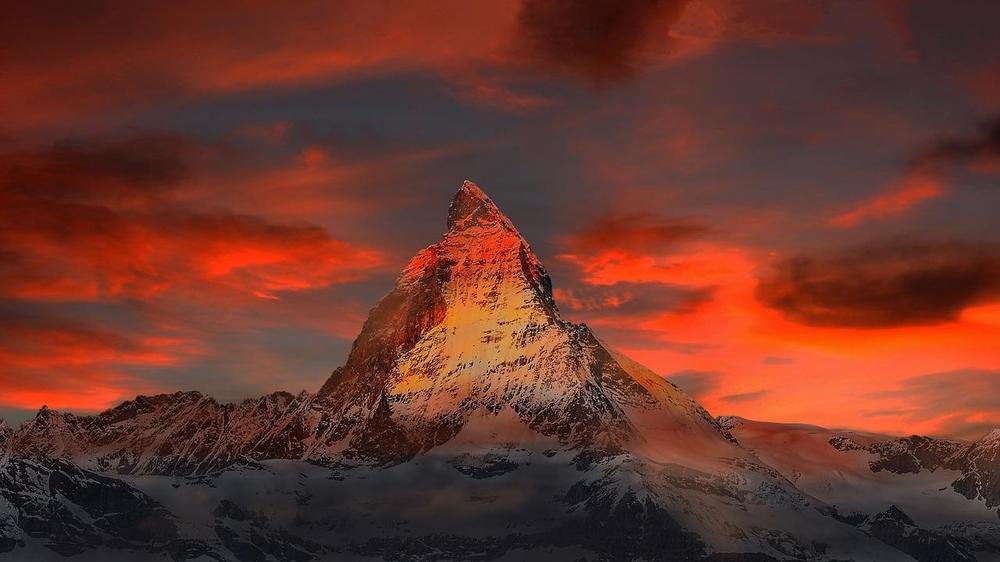
The tallest open-air rack train in Europe is one of the few truly unforgettable adventures in Zermatt. The Gornergrat Bahn shuttles through an alpine environment where no less than 29 peaks rise above 4,000 metres to the observation platform at Gornergrat, just over 3,000 metres above sea level. Although it may be difficult to imagine, the railway was actually constructed in 1896, the year the first fully electrified rack line in the world was built. The journey takes 33 minutes, during which time the train travels across gorges and through larch and stone pine forests. Finally, you will reach the platform, which is located in the middle of a small tourist area and boasts views that are almost too beautiful to describe. While it’s difficult to miss the Matterhorn, you can also see the Gorner Glacier, the second-largest in the Alps, and the Dufourspitze, Switzerland’s highest mountain at 4,634 metres.
Sunnegga
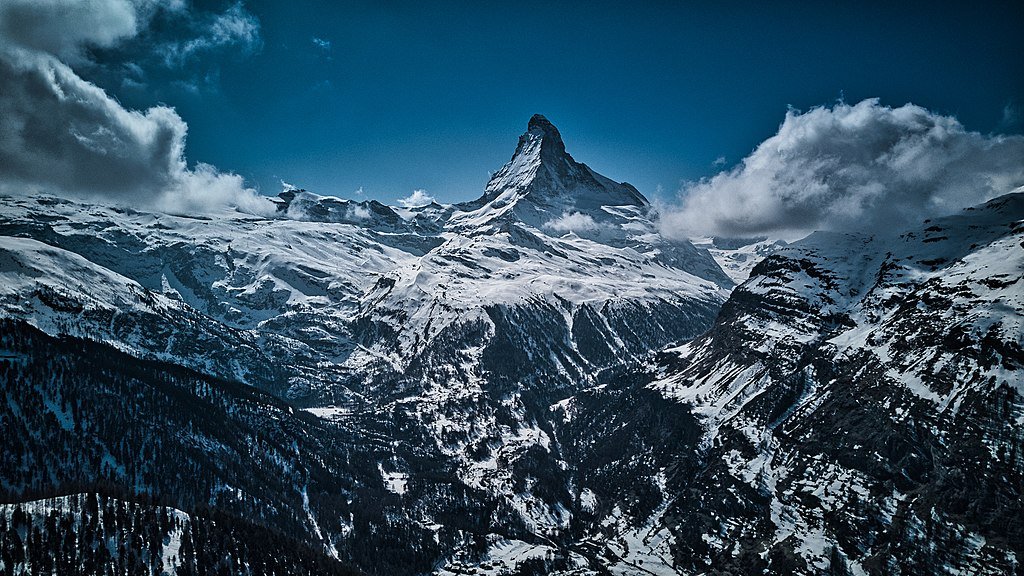
The Zermatt-Sunnegga funicular travels to the higher station in only 4.5 minutes. Another location on the long list where you’ll be stopped in your tracks by a view of the Matterhorn is Sunnegga, a sun-drenched natural balcony. Sunnegga offers more than just scenic views, as you can see at the Marmots’ Playground, a trail that passes through burrows where, with some patience, you might be able to see these creatures. Swimming in the crystal-clear, mirror-like waters of Leisee, which is surrounded by meadows, is another popular summer sport. Snowshoeing, snowboarding, skiing, and access to the Gornergrat pistes are all available during the winter at Sunnegga.
Forest Fun Park
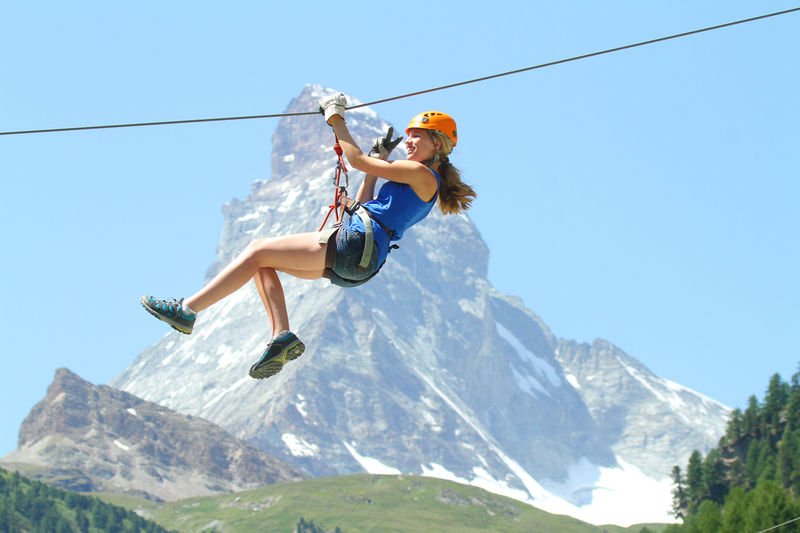
This tree-top adventure park is close to the village and offers physical activity and excitement in a much safer setting. On the longest kids’ adventure course in Switzerland, kids will have a blast navigating obstacles between platforms high above the ground. The strictest safety requirements will be followed, and they’ll be wearing a harness and helmet. Adults can participate as well, putting their strength, courage, and sense of balance to the test on five routes, climbing nets, navigating various bridges, hanging precariously from ropes, and whizzing down zip lines.
Rothorn
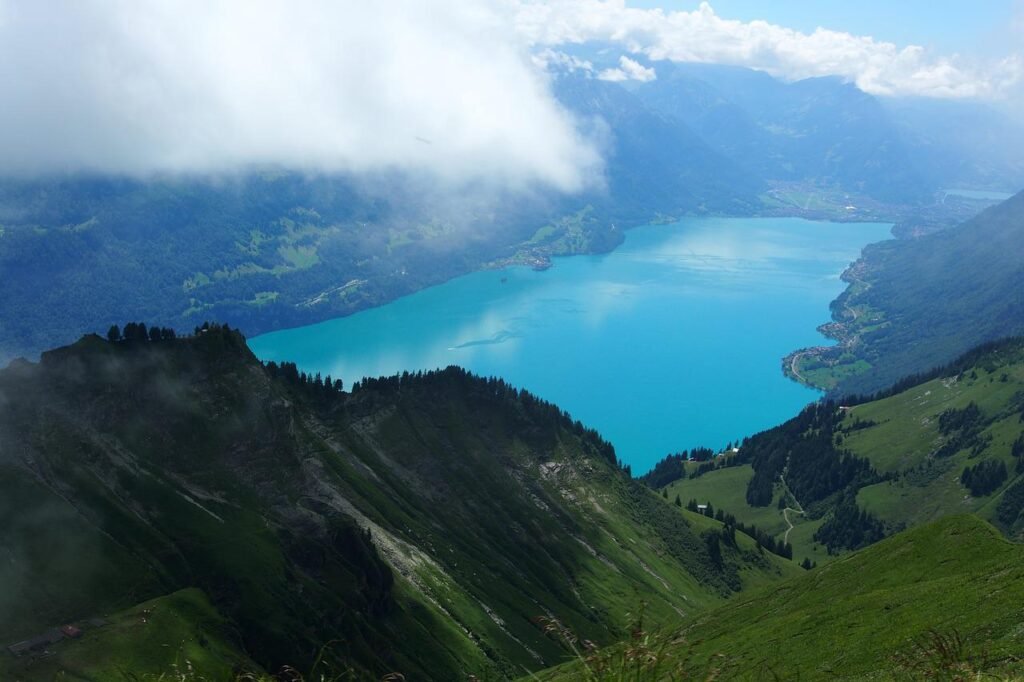
For another memorable mountain journey, choose a clear day. You will board a funicular in Zermatt that ascends through the mountain’s heart to Sunnegga. From there, a gondola will take you to Blauherd over Alpine meadows. Finally, you may take a cutting-edge cable car with 100 seats in each cabin from Blauherd to the summit of Unterrothorn for an exhilarating ride. On clear days, the views of the Matterhorn, glaciers, and Monte Rosa massif are almost too wonderful to be true. There is a restaurant once again on the summit. However, Unterrothorn serves as a base for mountain sports as well. From here, people go out on strenuous walks throughout the summer or use the slopes for paragliding. Additionally, the pistes begin in the winter directly outside the upper station.
Klein Matterhorn
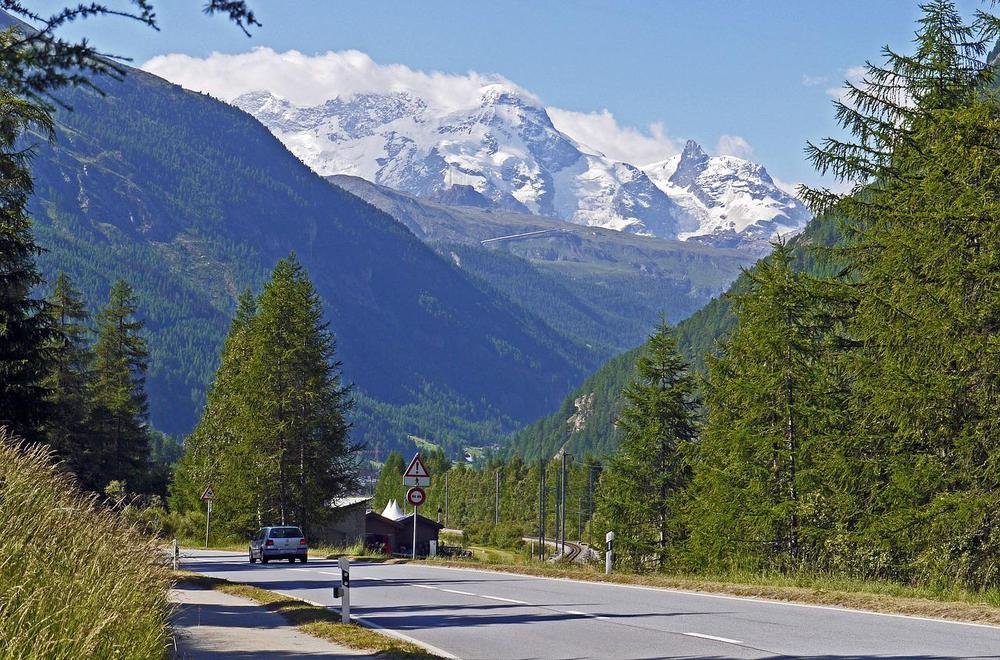
The Klein Matterhorn (Little Matterhorn), which is the peak that follows the Matterhorn, is only small in relation to other peaks. Amazingly, an aerial tramway can take you to the top of this 3,883-meter hill. The highest place in Europe that can be reached by this method of transportation is there. The Breithorn Plateau, a sizable glacier on the peak’s south flank, is accessible by a tunnel in the Matterhorn Glacier Paradise, where you’ll reach the summit. Don’t forget to dress appropriately because it is always below zero here in Europe’s highest summer ski region. Make sure to enter the Glacier Grotto, which was carved out of the ice and is embellished with ice sculptures.
Skiing
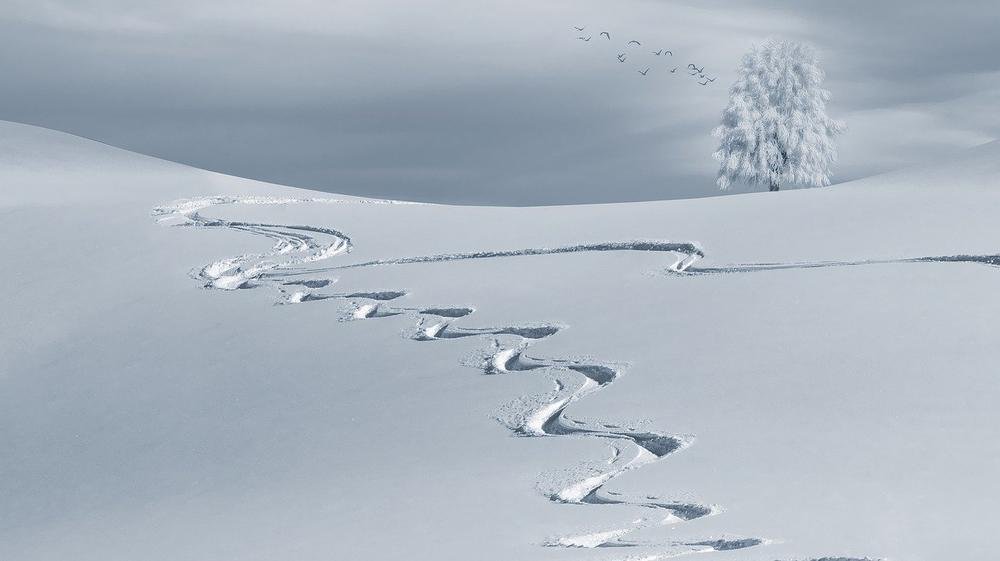
The ideal location for a ski vacation is beneath the Matterhorn. A network of 54 funiculars, lifts, cable cars and more than 360 kilometres of pistes converges in Zermatt. Because of the glaciers and the cold temperatures at a high altitude, as we have seen on the Breithorn plateau, skiing is even possible during the height of summer. For a longer season, lower slopes are covered with snow as early as November and as late as April. An adventurous ski experience can be had by hiring a mountain guide who will take you off-piste and who knows the area like the back of his or her hand. Additionally, there are numerous eateries perched on unusually high ledges, as well as a welcoming après ski in Zernatt’s town centre and at ski resorts like Sunnegga.
Zermatt Village
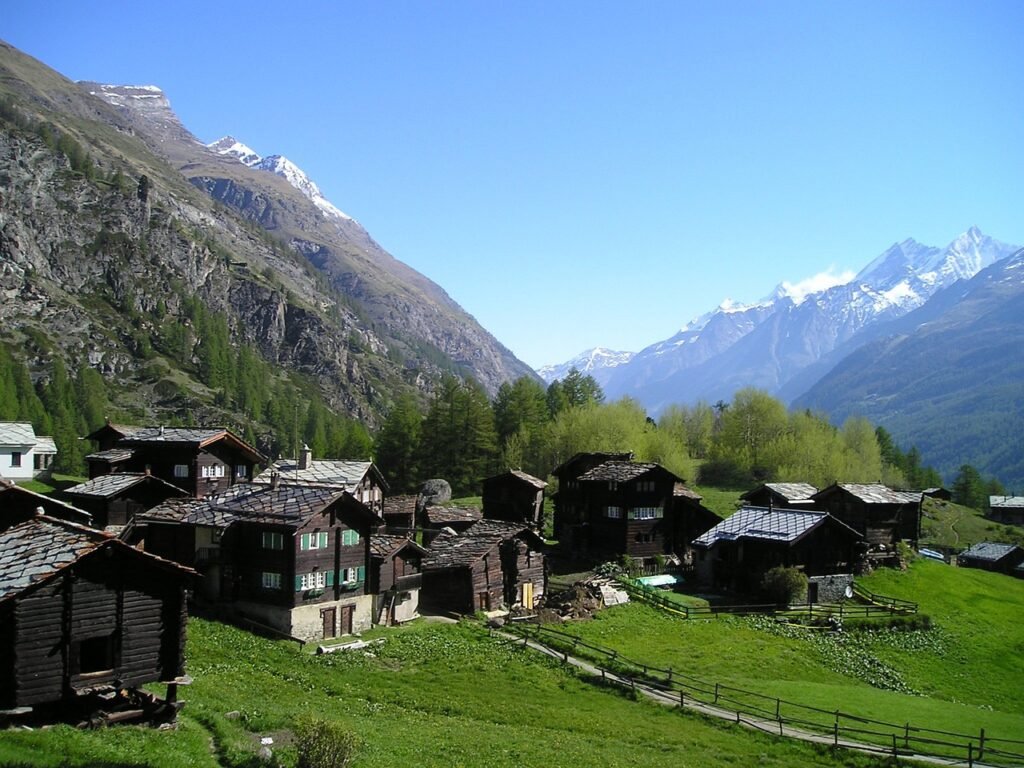
You could neglect to spend some time on Zermatt’s car-free pathways with so many attractions around. A significant portion of the village’s history is associated with early tourism and alpinism, such as the stay that Edmund Whymper and the rest of his team had in Zermatt’s oldest hotel, the Monte Rosa Hotel, which opened in 1855. The “Old Village,” which consists of about 30 traditional “Walser” homes, resembles an outdoor museum. Kids will also enjoy watching the herd of shaggy Valais Blackneck goats walk through the village at 9:00 and 17:00 in July and August.
The Matterhorn
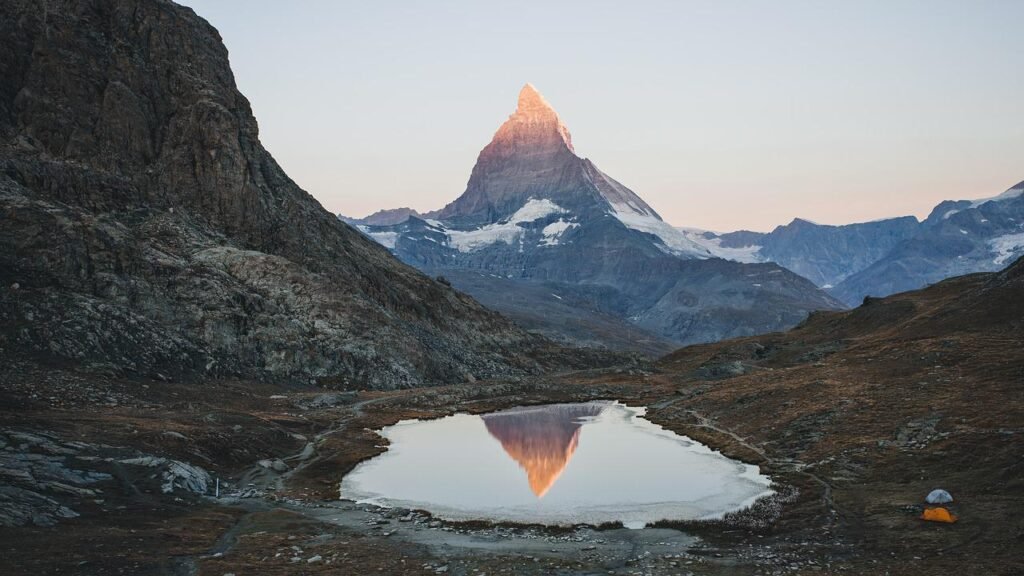
This well-known, ragged mountain is as ingrained in the collective mind of humanity as Mount Fuji. And indeed, unless you are an experienced climber, we do not recommend that you attempt to climb the Matterhorn. Even then, four of the party’s seven climbers perished. This dangerous summit wasn’t even conquered until 1865. The base camp at Hörnli Hut, which teeters precariously on the hills, alone will give you an impression of what those early mountaineers had to contend with. There are many good vantage locations for seeing the distinctive pyramid-shaped summit from a distance, which we’ll describe in the list.
Gorner Gorge
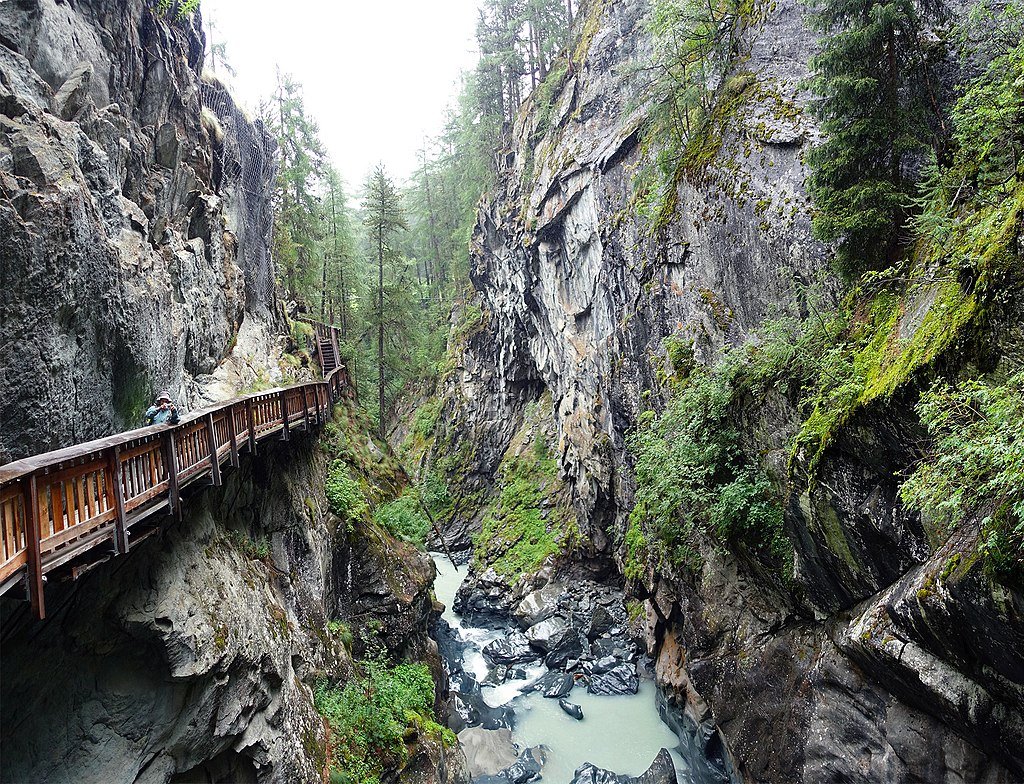
A spectacular landform that dips rather than rises is located about 15 minutes on foot from Zermatt. Since the last ice age, the glacial river Gornervispe has carved a ravine through the ancient, serpentine rock that has a green tint. The gorge was made accessible on foot in the 1880s, and wooden footbridges offer stunning views of the tormented rock and the clear waters below. On some days in September, a peculiar natural phenomenon occurs at roughly 15:30–16:00, when the special light gives the lake an alluring turquoise shine.
Spas
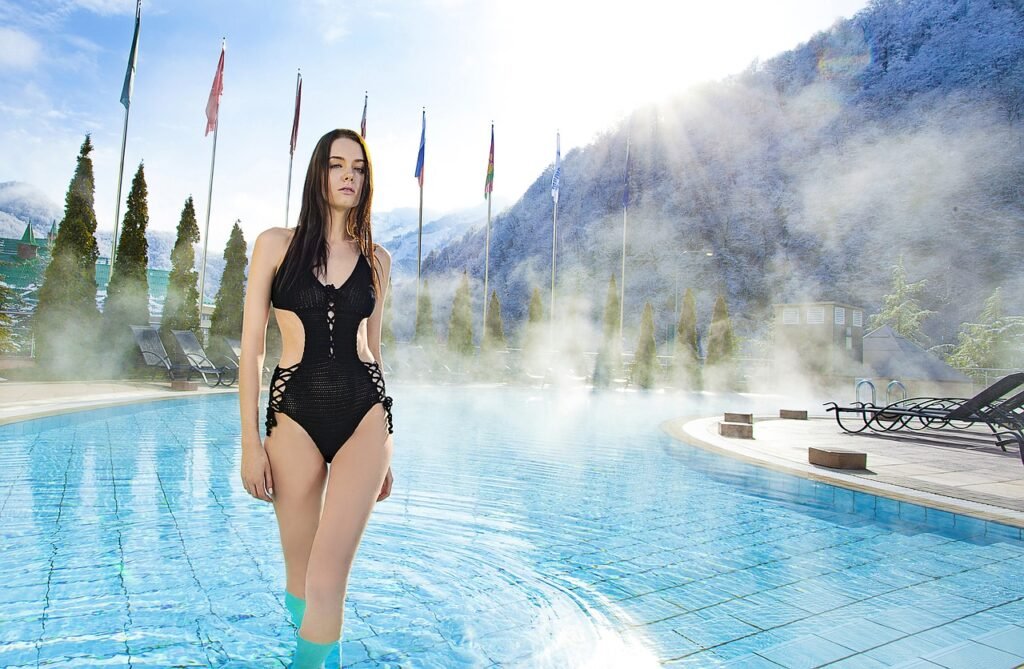
Even the most physically fit bodies are pushed to their limits by severe activities like mountaineering in thin air, glacier hiking in the sweltering heat, and skiing down mountainsides. So, if you feel like you need some pampering, you’ll be justified. Thankfully, almost all of the hotels in the area of Zermatt offer first-rate spa and wellness services. And the majority of these are accessible to non-residents, either with a reservation in advance or, in the case of dozens of them, without one. You can simply turn up at the Spa Hotel Perren, Spa Hotel Hemizeus, Spa Hotel Europe, Spa Hotel Bella Vista, and many more. For long-lasting relaxation, all will offer saunas, steam rooms, heated pools, jacuzzis (many outdoors), and extensive treatment menus.
Breithorn
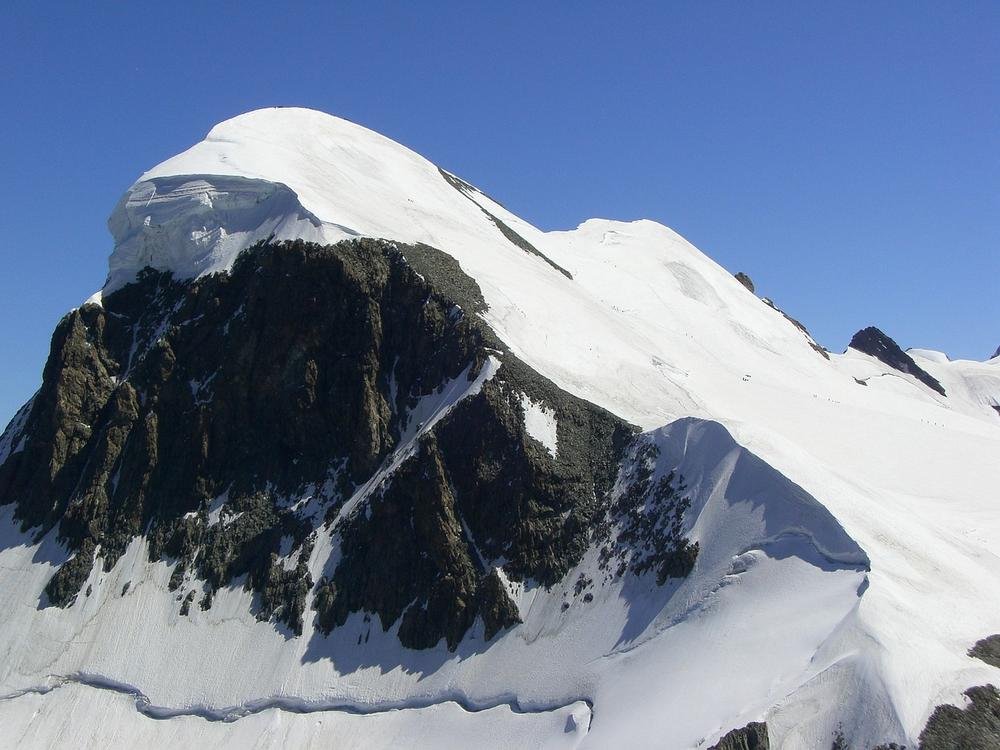
You can now climb the Breithorn to brag to your pals that you have scaled a 4,000-meter mountain. You need not inform them that this peak is regarded as the simplest of all the 4,000-meter peaks to climb. The experience begins after riding the aerial tramway up the Klein Matterhorn, but you’ll need a trained mountain guide. The journey to and from the Breithorn’s summit takes three hours total. The route isn’t particularly strenuous, but the hills are glaciated, with all the challenges that entails, and the air is obviously much thinner at this altitude.
Schwarzsee
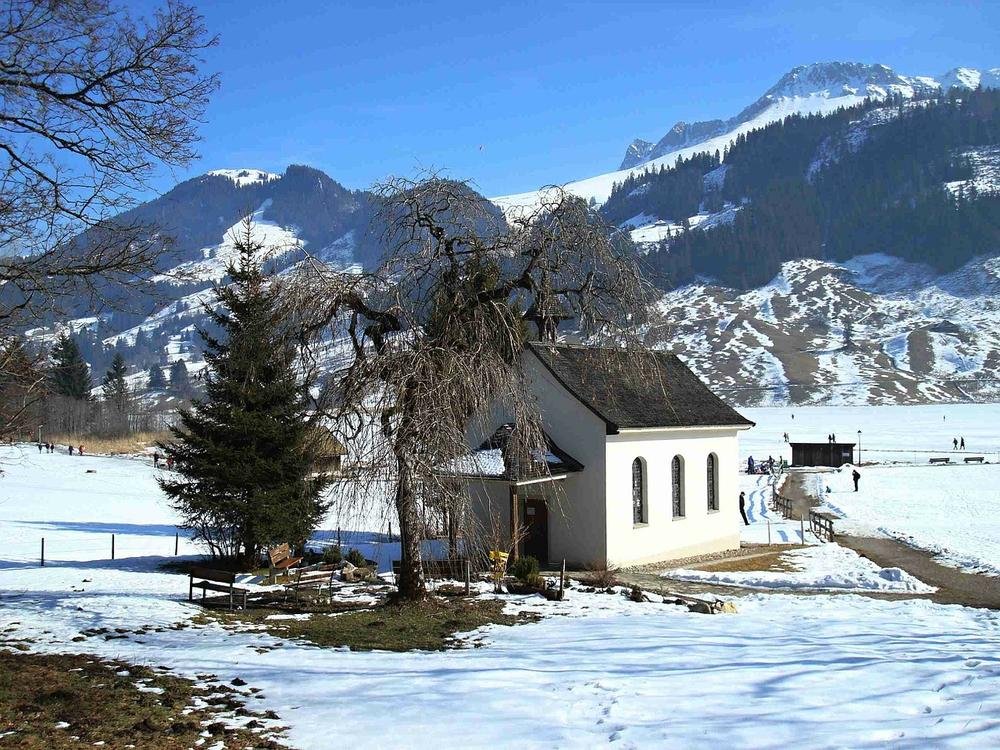
This body of water, known in English as “Black Lake,” has a gloomy surface that reflects the ominous rock that surrounds it. Since 1954, a gondola has been running between Zermatt and the lake, travelling there in only 12 minutes. The Hörnligrat ridge on the Matterhorn, which is legendary among mountaineers, is best seen from the Schwarzsee. You can set out on foot from here towards that far-off destination if you have the necessary tools and training. Additionally, the tiny chapel of Mary of the Snows, which lies directly on the river, is where mountaineers still go to express gratitude after making their way down from the Matterhorn.


